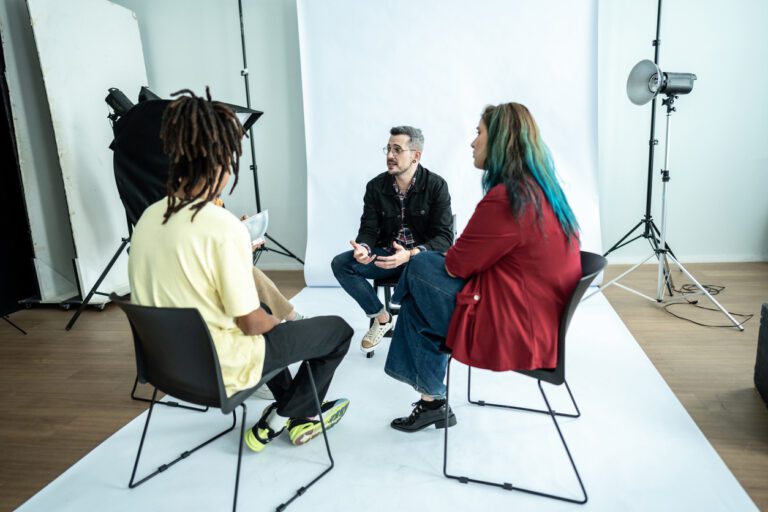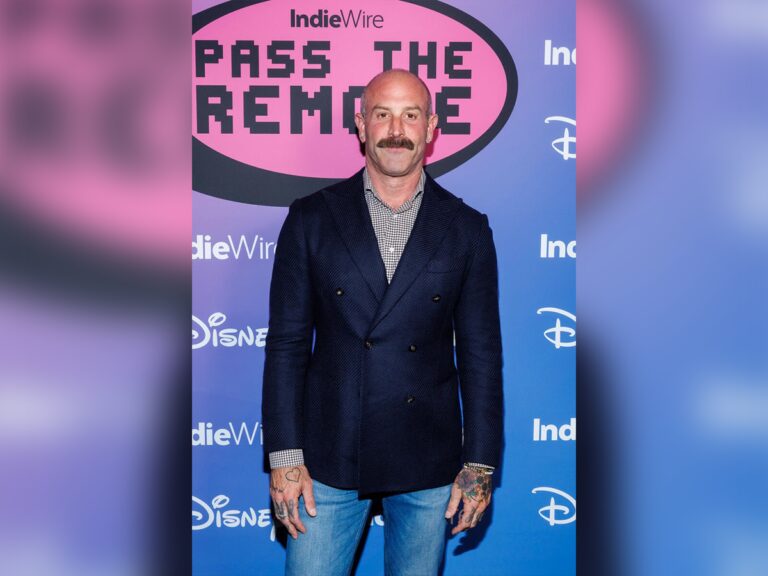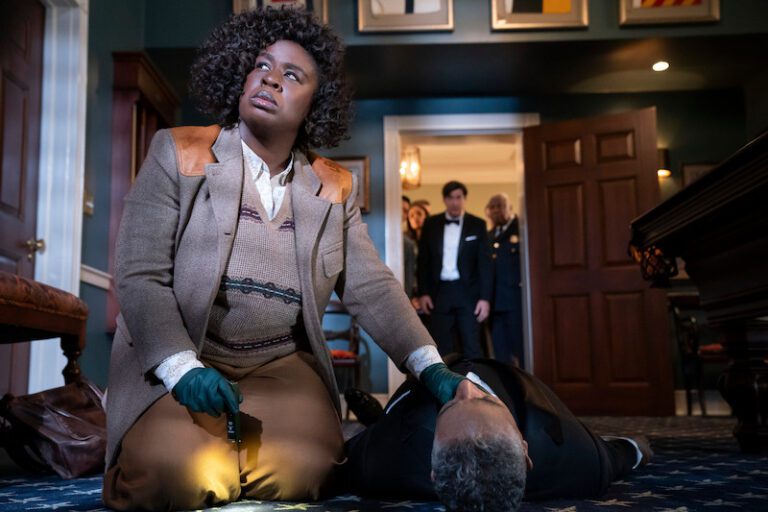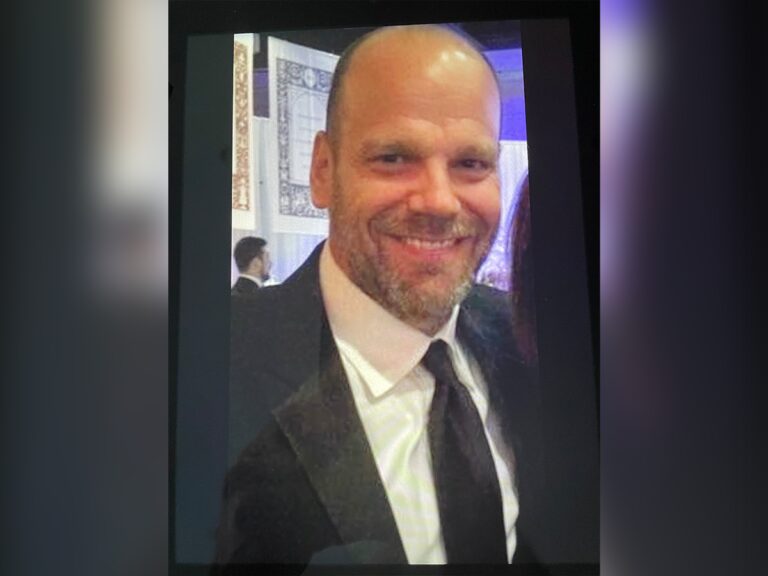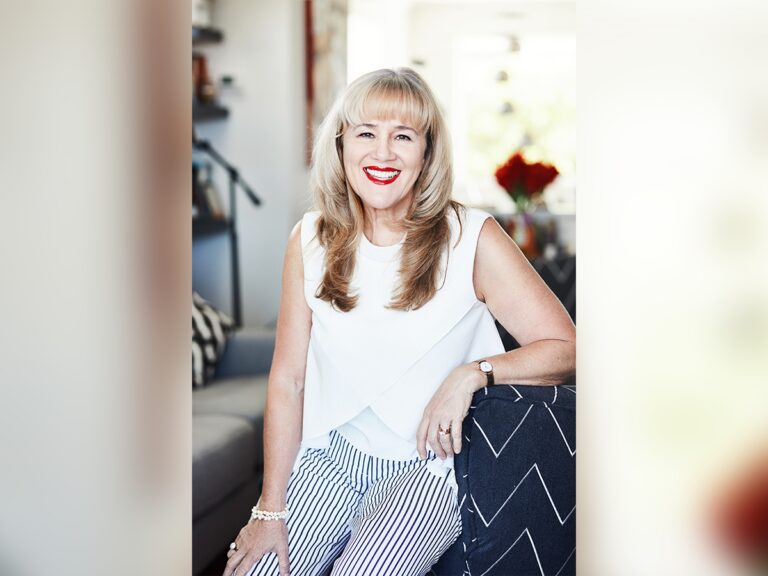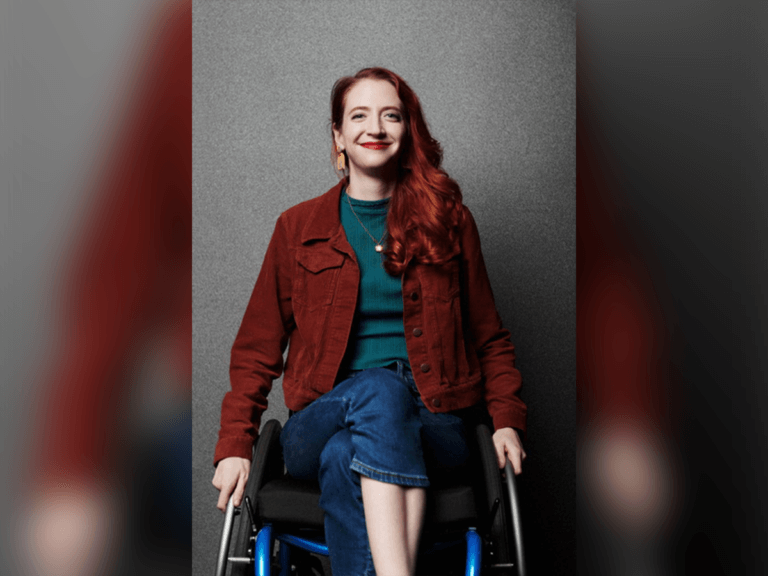Actors are often warned about “red flags” in the industry but rarely taught what a good set experience should be. Water cooler chatter usually offers a way to unleash your job frustrations, but rarely celebrates the sets that get it right — the ones where respect, professionalism and creativity thrive.
Valuing the positive signs of a healthy set can empower actors and help build a fulfilling career. Perspective-wise, a professional set encourages one to smile and attract all-around happiness. Think about it — would you rather go to work with people who complain all the time or people who appreciate you and have a bounce in their step? It may sound cliché, but one of the secrets to a long-lasting career is creating a “green flag” work experience.
Insights: Quick Ways to Spot Production Green Flags
- Confirm that all logistical details are transparent from the start and that ongoing communication is encouraged and respectful.
- Work in environments that are collaborative, prioritize safety (emotional and physical), and encourage actor input.
- Choose projects that genuinely embrace diversity and have a strict no-tolerance policy for harassment or discrimination.
Thinking about joining Casting Networks? Sign up for a free trial today!
Pre-Production Green Flags
Remember the joy you felt when you received the message that you booked the role? Keeping that vibe going before you even start wardrobe fittings and rehearsals helps contribute to a green-flag environment.
Clear Communication
From casting to contracts, everything should neatly fit into place. Emails are answered promptly; details are spelled out. You should never feel like you’re “bothering” someone by asking for clarification, even if it’s for something as simple as parking arrangements.
Transparent communication is also a sign of respect. Before you sign on to the project, you should be given details about shoot dates, call times, compensation, location and expectations. There should be no guessing games. Honest communication early on sets the tone for everything that follows.
First Day on Set: The Tone Is Set
Warm Welcome & Orientation
One of the most exciting times of production is the first day when you meet your castmates and the crew. Together, you’ll take a tour of the space. There may even be a coordinator or an AD (assistant director) who helps ease nerves. This is a great time to bond with the people you’ll soon call your second family.
Respect for Time
You’ve heard it before – if you’re on time, you’re late. Set the standard by arriving early. This allows you a few moments to freshen up, check messages and take some well-needed deep breaths. The production has a schedule. Keep the green flag by keeping the time. The producers and directors will take note.
Communication on Set
Clear Direction Without Intimidation
On a well-run set, direction should feel like a collaboration, not a command. One of the most encouraging green flags actors can experience is working with directors and crew members who know how to communicate clearly and respectfully. Great direction doesn’t leave you feeling confused, small or second-guessed. Instead, it builds confidence, encourages exploration and ultimately brings out your best performance.
Collaborative Atmosphere
One of the strongest green flags on any set is a truly collaborative atmosphere where every team member feels seen and respected. In this environment, actors’ instincts are not only welcomed but encouraged. Directors and producers trust that actors have spent time with their characters and are bringing something unique to the table. For example, maybe you propose a subtle gesture that adds emotional depth to the scene. Instead of being shut down, the director leans in and says, “Let’s try that.” That moment of give-and-take builds trust and often leads to more authentic performances.
Safety and Comfort Are Prioritized
Physical and Emotional Safety
A vital green flag is a commitment to both physical and emotional safety. If a scene involves intimacy, vulnerability or any physical contact, the presence of an intimacy coordinator could be helpful (although some actors have declined to have an intimacy coordinator). A well-run set proactively creates a space where expectations, choreography and consent are discussed beforehand.
A safe set is also one where emotional support is built into the environment. Directors and crew members are mindful of scenes that may be triggering or taxing, and they check in with actors before and after difficult takes. There’s no “just push through it” mentality.
Basic Needs Are Met
Access to water, food, bathrooms, heating/cooling and a safe place to wait is key to having a green flag set. If you’re a location coordinator, you may want to consider having a bathroom on the same level as the holding area/dressing room. Some older churches, which are often rented out by the production to house actors and equipment, do not have elevators or bathrooms on every level. It’s a painful situation for people who cannot climb stairs, or for people with multiple children needing to use the restroom. Keep the flag green when scouting holding areas.
Diversity and Inclusion Are Genuine
Inclusive Casting and Crew
Inclusion should be both in front and behind the camera. Production shouldn’t treat diversity as a checkbox or a marketing angle; it should foster an environment where different voices and perspectives are part of the creative DNA.
Characters aren’t cast to meet a diversity quota, but because their presence enriches the story. And crew members aren’t hired just to tick a demographic box — they’re empowered to lead, shape and thrive.
Zero Tolerance for Harassment or Discrimination
An enforced zero-tolerance policy for harassment or discrimination helps keep a green flag set. This goes beyond a statement in a handbook. On a respectful set, inappropriate behavior is never ignored or excused. The result is a set where people can truly focus on what they came to do: create, collaborate and tell stories in an environment where dignity, integrity and respect are non-negotiable.
The Wrap and Beyond
Gratitude and Acknowledgment
An excellent set experience doesn’t just end when you hear the words “that’s a wrap.” It ends with gratitude. One of the clearest green flags in any production is how the team wraps up the experience and acknowledges everyone’s contributions. A simple, sincere thank-you can go a long way.
Take a moment to reflect on what was accomplished: the long days, the breakthroughs and the bonds formed along the way. That sense of camaraderie isn’t accidental — it comes from a space where mutual respect and collaboration were present from day one.
While the entertainment industry often emphasizes the red flags, knowing what to look for is just as important. When actors understand what a great set feels like, they’re better equipped to advocate for themselves. These green flags aren’t just about feeling good — they’re about working in spaces that bring out your best and allow everyone on set to contribute, create and collaborate at their highest level.
You may also like:
